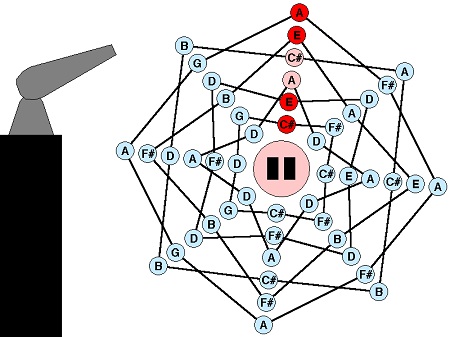Somebody said to me today that all of the work she creates actually originates in childhood dreams. The things that fascinated her as a child still fascinate her, only now she can use her adult mind to create things that come out of those fascinations.
As soon as she said it, I recognized a kindred spirit. The things I think about, ideas that feed into my interest in animation, in stories, in symmetry, even deeper philosophical ideas existence, all connect with things I remember thinking about when I was a child. I remember, when I was about eight years old, tagging along with my dad as he went to get a haircut, while I thought about how I could invent a projection box that would show 3D creatures that could dance in the air. Or when I was around nine years old, trying to assemble a robot arm in the garage, to be part of what would eventually (if I could just get it finished) become my robotic friend/companion. I have lots of similar memories, and in each case I can see a connection with the things I think about now.
Don’t get me wrong. I really had no idea how to do any of these things. But the obsession was there, the fascination with a peculiar intersection of art and technology, and the desire to combine them in the right magical way. The actual competencies to do anything about this came over time, as I gradually picked up one useful skill after another through the years.
I wonder whether most of us, from the time we are little, follows our own version of such a path, each in our own way.

